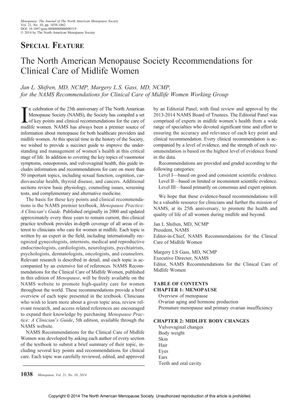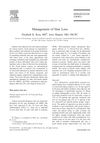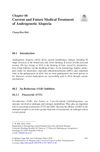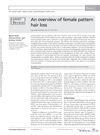The North American Menopause Society Recommendations for Clinical Care of Midlife Women
September 2014
in “
Menopause
”

TLDR The NAMS 2014 recommendations guide healthcare providers on treating health issues in midlife women, emphasizing individualized care and informed decision-making.
In 2014, The North American Menopause Society (NAMS) released recommendations for the clinical care of midlife women, covering a wide range of topics such as vasomotor symptoms, osteoporosis, sexual function, cognition, cardiovascular health, and cancers. The recommendations were graded based on evidence levels and aimed to guide healthcare providers in managing health during menopause. For hair loss, topical minoxidil 5% was FDA-approved for female pattern hair loss, while the efficacy of antiandrogen therapy was uncertain. Hormone therapy was noted to support hair growth but was not recommended solely for hair loss. The document also advised against fertility treatment with a woman's own oocytes after age 43 and any fertility treatment after age 50. It emphasized individualized care, considering the benefits and risks of treatments, and included specific recommendations for healthcare providers to manage conditions in midlife women. The use of SSRIs and SNRIs for vasomotor symptoms was discussed, with a caution against using paroxetine in women on tamoxifen. The importance of discussing complementary and alternative medicine with patients was highlighted, and over-the-counter hormones like DHEA, melatonin, and topical progesterone were discussed with varying levels of evidence for efficacy. Overall, the document stressed individualized treatment decisions and the importance of informed decision-making.





